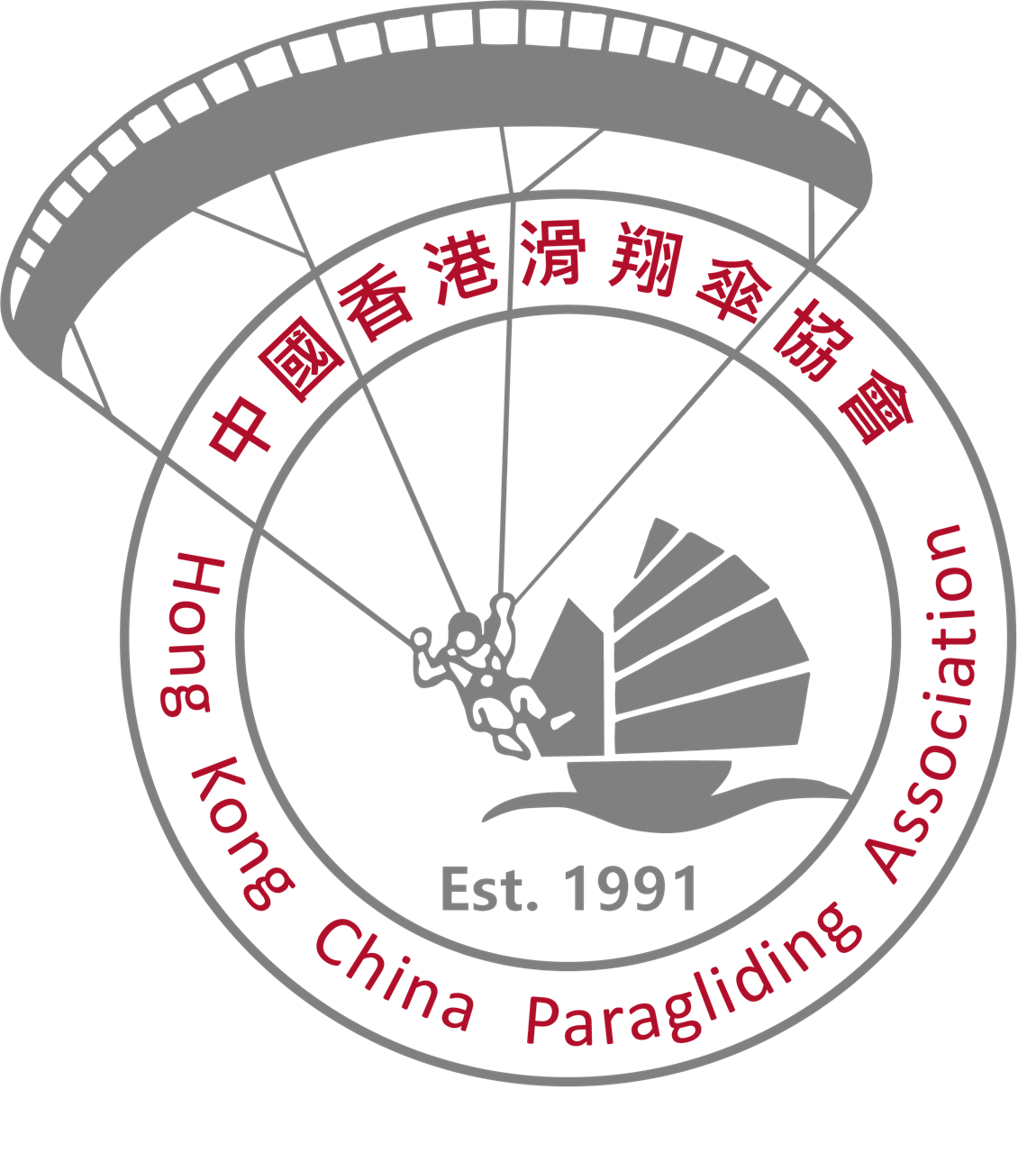Menu
Log in
Safety Articles 有用文章
Copyright © 2025, Hong Kong China Paragliding Association Limited. All Right Reserved |
Powered by Wild Apricot Membership Software
Copyright © 2025, Hong Kong China Paragliding Association Limited. All Right Reserved |
